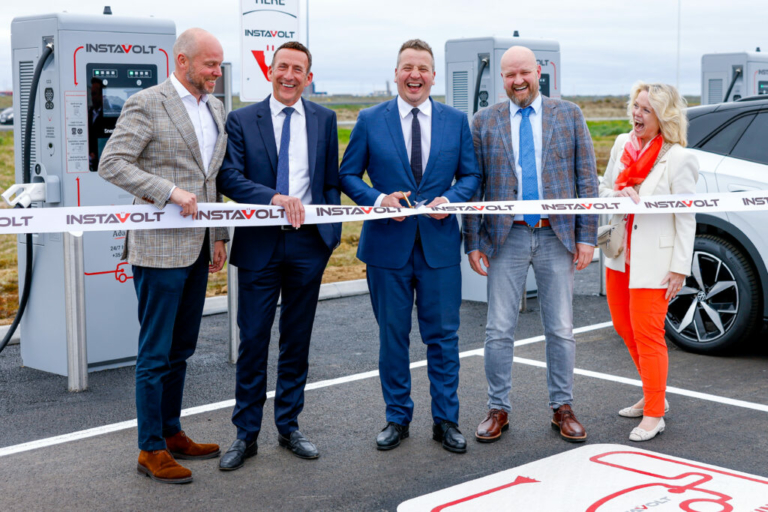Charles Russell Speechlys explores an EIS case study

The Enterprise Investment Scheme (EIS) offers highly beneficial tax reliefs to individual investors who invest in small, high-risk UK companies, writes Charles Russell Speechlys.
One of the key benefits is that the investor’s income tax rate is reduced by 30% and their capital gains tax rate is reduced to 0%, and from April 6, 2018 the amount of EIS relief available to investors for investments in ‘knowledge intensive companies’ has been significantly increased. As one would expect where tax reliefs are involved, the conditions to qualify for the relief can be very complicated; it is easy to unintentionally fall foul of one of the requirements and lose the reliefs altogether – even after they have been claimed.
In this case study (which is loosely based on a recent matter worked on by Robert Birchall in our corporate tax team and Rebecca Burford in our corporate team), we explore how EIS works in practice and some of the interesting aspects of the relief that need to be carefully considered.
Background
Birchall and Burford provided advice to a company operating in the technology sector. The company had started trading in 2003 and needed to raise funds to develop a new product line and grow its business. Its existing bank was not prepared to lend it the necessary level of funds to achieve these aims.
A ‘business angel’ investor proposed a substantial equity investment under EIS for a 30% interest in the company, along with certain ‘swamping rights’ that would give the investor control of the company in certain circumstances. The investor would also join the board of the company as a paid director and receive an option over new shares. The offer of investment was conditional on the company receiving EIS advance assurance from HMRC.
In addition to the equity investment, the investor would lend additional funds via a company that he owned and controlled.
Key EIS issues
Although this may appear to be a relatively straightforward case, the existence of certain of the factors above was problematic from an EIS perspective. Neither party had taken EIS advice from the outset, nor did they have any experience of dealing with EIS in the past. It was therefore necessary to consider carefully how the investment should be structured in order to ensure EIS status was not prejudiced.
Some of the main issues to consider from an EIS perspective were as follows:
- Navigating the complex tests introduced in 2015 by the Government in order to secure state aid approval for the EIS regime from the European Commission. For example, in broad terms, there are additional requirements that must be satisfied for certain types of company to be eligible for EIS if the company made its first commercial sale more than seven years prior to the relevant investment. In this case, the company had to satisfy these additional tests as it had been trading since 2003.
- Ensuring that rules that result in an EIS investor losing relief if she/he becomes ‘connected’ with or ‘controls’ the investee company by virtue of the level of the investor’s interest in the company (including the option) or by becoming a paid director were not infringed.
- Keeping in mind the fact that (currently) the timescale for securing a first response in respect of an advance assurance application from HMRC is typically 8-11 weeks, which has a material impact on any transaction timetable.
Conclusions
This matter was a good example of how even relatively straightforward EIS funding arrangements require professional advice to navigate, and solve, the complexities that arise.
EIS funding offered significant commercial benefits over bank lending for both the company and the investor. It was critical to structure the funding such that the company successfully secure the growth funding it needed and the investor retained EIS qualifying status. Due to the complex nature of the conditions and requirements of the EIS regime, and the dramatic consequences of failing to meet them, there was absolutely no margin for error.
When structuring an EIS deal, it is critical for corporate and tax teams to be in constant communication. They will need to navigate the various requirements carefully to ensure that the work on each side is done properly for both tax and company law purposes, but also keeping one eye on the commercial needs of the client.
In this case, the corporate and corporate tax teams worked closely together to ensure that advance assurance was obtained from HMRC, the investment itself was successfully secured and that EIS status was not prejudiced. The company was kept fully informed, at the outset and throughout, about the complexity of the process and the timing of the matter. It is worth noting that recent changes to the EIS regime mean HMRC will no longer provide advance assurance for what they describe as “speculative applications”; so it is increasingly important that the application is carefully drafted to meet HMRC new criteria to obtain advance assurance, and also that the investment meets the recently introduced ‘risk-to-capital’ test that requires an EIS investment to be for the intention of the company’s growth and development and for there to be sufficient risk to the investor of loss of their capital.
Charles Russell Speechlys’ award-winning corporate team and corporate tax team regularly advise on investments of this nature, covering the full range of the tax-advantaged SEIS, EIS and VCT regimes.
In addition, as a full-service firm, we are in an unrivalled position to provide exceptional service and meet any client needs, not only in tax and corporate services, but also in other areas such as private wealth, real estate and dispute resolution.
If you would like further information on EIS investments, contact Rebecca Burford at Charles Russell Speechlys (Guildford office):
01483 252636














